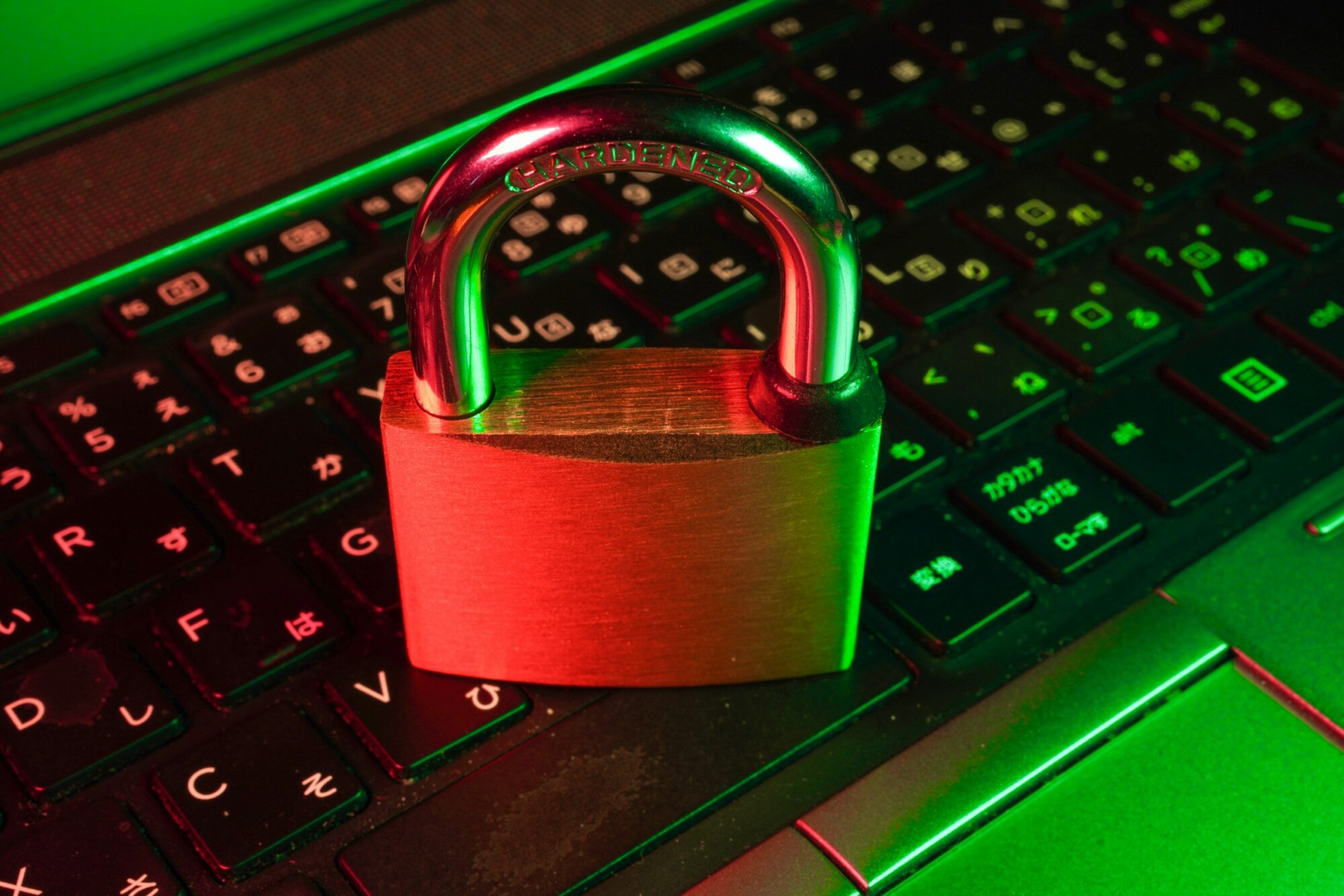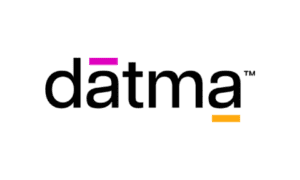In today’s digital landscape, where remote work, mobile access, and cloud services have become the norm, traditional methods of securing systems and data are no longer sufficient. Passwords alone, even when paired with multi-factor authentication (MFA), can fall short against persistent and sophisticated cyber threats. As cybercriminals refine their tactics, organizations must evolve their defenses. One of the most promising advancements in cybersecurity is the continuous authentication—an dynamic intelligent method that provides real-time identity verification throughout an used session.
This blog explores continuous authentication, how it works, its benefits and challenges, and how businesses can adopt it to stay ahead of ever-evolving cyber threats.
What Is Continuous Authentication?
Continuous authentication is a security approach that continuously verifies a user’s identity based on behavioral and contextual data, rather than relying solely on a single point-in-time login process. Unlike traditional methods, which authenticate a user only at the beginning of a session, continuous authentication monitors user activity in real time and can detect anomalies that indicate a potential breach.
This method often utilizes a blend of biometrics (like facial recognition, voice, and typing patterns), behavioral analytics (such as mouse movements, keystroke dynamics, and screen interaction), and contextual data (like location, device type, and network).
Why Traditional Authentication Is No Longer Enough
Traditional login mechanisms typically rely on something a user knows (like a password) and something they have (like a phone for MFA). While this two-factor authentication model offers a better security layer than passwords alone, it has significant weaknesses:
- Credential theft: Phishing, brute force attacks, and data breaches often expose user credentials.
- Session hijacking: Once a user is authenticated, there is generally no further verification, allowing attackers to take over an active session unnoticed.
- Insider threats: Employees or users with authorized credentials can still act maliciously within a session without triggering alarms.
Continuous authentication offers a proactive solution by eliminating the blind spots between login and logout, ensuring that only the right user maintains access throughout the session.
How Continuous Authentication Works
Continuous authentication works by building a unique user profile based on behavioral patterns and contextual information. The system constantly compares real-time activity against this established profile. If the deviation is significant—say, a different typing rhythm, geographic location, or device usage—the system may take action, such as prompting for re-authentication, locking the session, or alerting security teams.
Key Techniques Used:
- Behavioral Biometrics:
- Typing speed and rhythm
- Mouse movement and gestures
- Touchscreen pressure and swiping style
- Physiological Biometrics:
- Face recognition using webcam
- Voice recognition through microphones
- Gait analysis on mobile devices
- Contextual Signals:
- IP address and GPS location
- Device fingerprinting
- Time-of-day and usage patterns
This combination creates a robust, adaptive defense that evolves as the user’s behavior changes over time.
Benefits of Continuous Authentication
- Enhanced Security
Continuous authenticated significantly reduces the risk of the unauthorized access. It detects threats in real time, closing the window of opportunity for attackers who might have bypassed the initial login.
- Frictionless User Experience
Unlike traditional MFA, which interrupts the user with frequent prompts, continuous authentication works silently in the background. Users experience seamless access while still being protected.
- Reduced Risk of Insider cyber threats
By constantly monitoring behavior, it becomes easier to detect unusual actions from authorized users, such as data exfiltration or access to unauthorized resources.
- Compliance and Audit Readiness
Continuous authentication helps organizations comply with data protection regulations (like GDPR, HIPAA, and PCI DSS) that require advanced user access controls and activity monitoring.
- Adaptive Risk-Based Authentication
Security Responses can be tailored to the level of the risk. For example, accessing sensitive data from a known device in a secure location may go uninterrupted, while the same access attempt from a foreign IP may trigger additional verification.
Challenges in Implementing Continuous Authentication
Despite its advantages, implementing continuous authentication isn’t without obstacles:
- Privacy Concerns
Monitoring user behavior and biometric data raises questions about privacy and consent. Transparency and strict data handling policies are essential.
- False Positives
Users might trigger alerts due to slight changes in behavior (e.g., using a different keyboard or working from a new location), which can impact productivity if not managed carefully.
- Integration Complexity
Integrating continuous authentication into existing systems, especially legacy platforms, can be technically challenging and resource-intensive.
- Cost and Infrastructure
Advanced machine learning models and biometric sensors may require significant investment in technology and training.
To overcome these challenges, organizations need a well-thought-out implementation strategy that balances security, usability, and cost-effectiveness.
Use Cases Across Industries
Financial Services
Banks and fintech companies use continuous authentication to secure high-risk transactions and comply with regulatory mandates like KYC and AML.
Healthcare
Continuous authentication protects sensitive patient records and ensures that only authorized personnel access electronic health records (EHRs).
Government and Defense
Government agencies use it to protect classified information and prevent insider cyber threats through continuous monitoring.
Remote Work and BYOD
As remote work and BYOD (bring your own device) policies become widespread, continuous authentication offers a way to secure enterprise applications from diverse endpoints and networks.
The Future of Continuous Authentication
As artificial intelligence and machine learning technologies advance, continuous authentication systems will become more accurate and efficient. Future developments may include:
- Cross-device identity tracking that allows seamless authentication across smartphones, laptops, and other endpoints.
- Decentralized identity models leveraging blockchain to give users greater control over their authentication data.
- Zero trust architecture, where continuous authentication plays a central role in verifying every access attempt, regardless of its origin.
In an increasingly complex threat landscape, continuous authentication represents a significant step toward adaptive, intelligent security solutions that evolve in real time.
Conclusion
Continuous authentication offers a dynamic, context-aware, and user-centric approach to securing digital interactions. By leveraging behavioral biometrics, contextual signals, and machine learning, organizations can ensure that access control is not just a one-time checkpoint but a continuous process.
For businesses striving to protect data, ensure regulatory compliance, and offer a seamless user experience, continuous authentication is no longer a futuristic concept—it’s a present-day necessity.



































